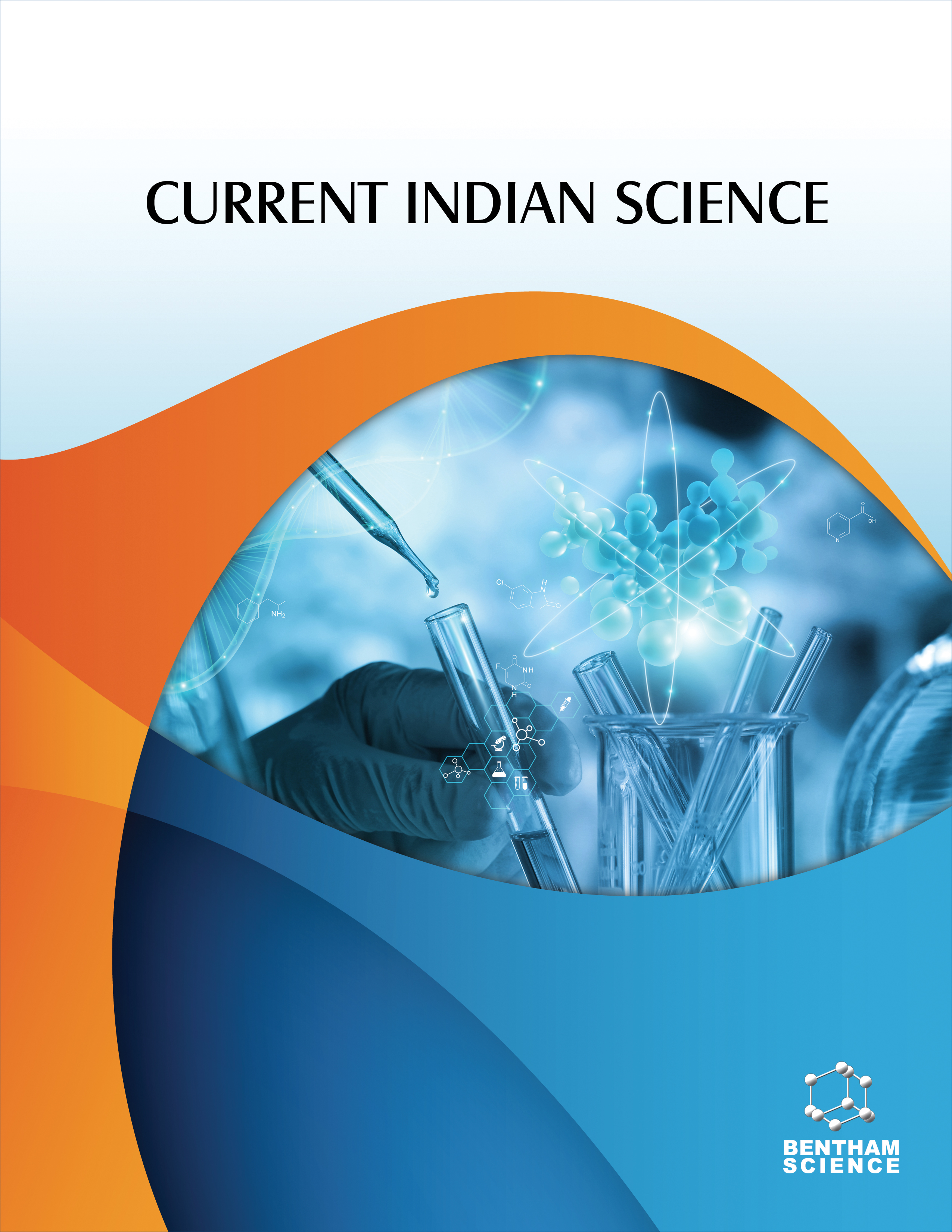-
oa Current Regulatory Framework and Challenges for the Approval of Complex Generics in the US and the EU
- Source: Current Indian Science, Volume 2, Issue 1, Jan 2024, E2210299X269535
-
- 28 Jun 2023
- 23 Oct 2023
- 08 Dec 2023
Abstract
The pharmaceutical industry is witnessing a growing demand for complex generic products, which are generic versions of drugs that possess complex formulations, delivery systems, or active ingredients. However, the approval process for these complex generic products poses unique challenges compared to traditional generics. There is no specific regulatory procedure available for the approval of complex generics, unlike small-molecule generics and biosimilars. This led to controversial arguments in the past about the scientific evidence needed for applications, which led to lengthy approval processes. The regulatory frameworks that are currently being used for complex generics are debatable and unclear. Complexity in the molecular structure, mechanism of action, route of delivery, and complex manufacturing process makes proving bioequivalence and pharmaceutical equivalence difficult. There is a need for harmonization of the regulatory framework by the agencies to help the generic manufacturers by providing scientific advice, defining the submission requirements for complex products, and fastening the approval process.
This review begins by discussing the regulatory landscape surrounding complex generic products in various regions, including the United States and Europe. It examines the specific guidelines and requirements set forth by regulatory authorities to ensure the safety, efficacy, and quality of these products. Additionally, the review explores the differences in terminology and definitions used to classify complex generics across different jurisdictions. Furthermore, it delves into the challenges faced by both regulatory agencies and pharmaceutical companies in evaluating and approving complex generic products. These challenges include establishing appropriate bioequivalence criteria, determining interchangeability with the reference product, addressing patent and exclusivity issues, and ensuring consistent quality throughout the product lifecycle. The impact of these challenges on market entry and competition is also discussed. The review highlights the need for harmonization and streamlining of regulations for complex generic products worldwide. It emphasizes the importance of clear and consistent guidelines to enable timely approvals, foster innovation, and facilitate patient access to affordable alternatives.


